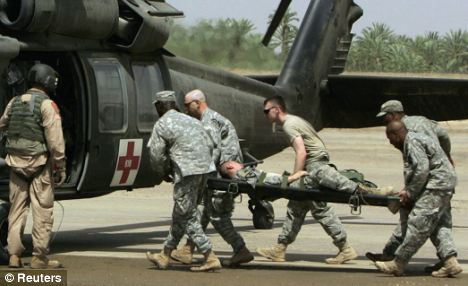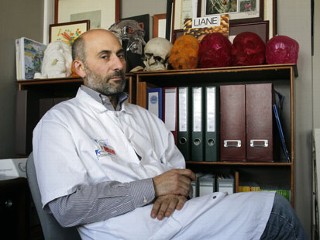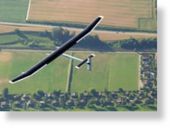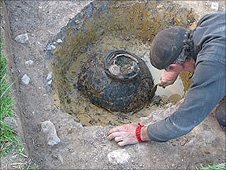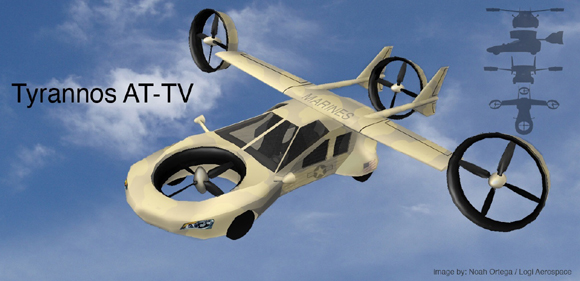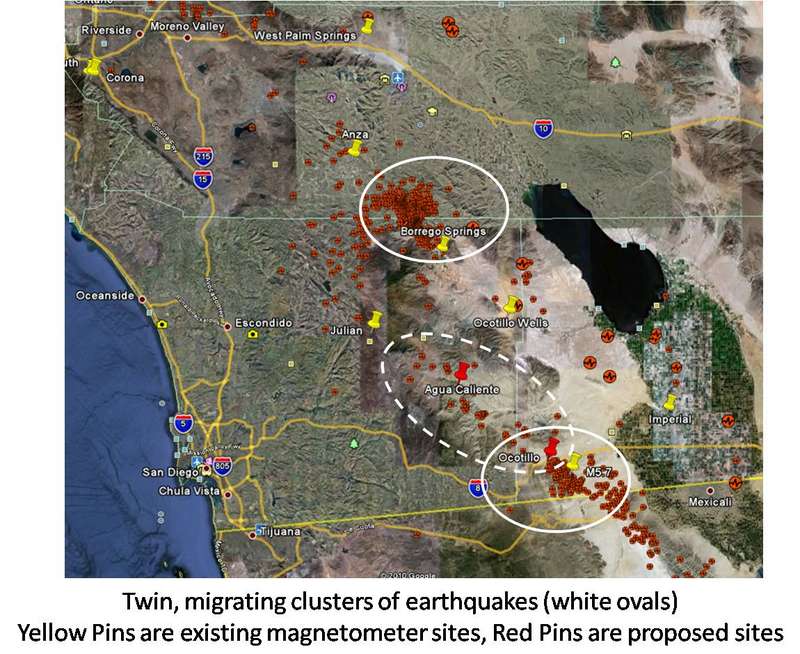
© Market Wire
Palo Alto, CA - Following the earthquake at Borrego Springs in Southern California on the 7th of July, scientists at QuakeFinder -- a humanitarian organization conducting research into pre-earthquake electromagnetic signals with the aim of developing an early warning system -- immediately analyzed the data collected from their sensors. While more data is being retrieved from the magnetometer's hard drive for further analysis, there appears to be some prior magnetic pulse activity present before the magnitude 5.4 event.
The Borrego Springs area is located on the San Jacinto fault and had been active for several weeks through a cluster of small quakes, parallel to another small cluster of quakes at Ocotillo -- 55 miles to the southeast along the Elsinore fault. While both may be indications of a stress migration from the recent Easter Sunday earthquake in Baja, Mexico, QuakeFinder offers further elaboration.
"The aftershocks (or pre-shocks) are migrating up towards both the San Jacinto and Elsinore faults as the stress is relieved in one area, and then migrates up to adjacent fault segments," says Tom Bleier, head of QuakeFinder.
"However, Borrego and the Mexican border area clusters may not be where the real action is in the near future. The San Jacinto segment is already covered with three of our sites at Ocotillo Wells, Borrego Springs, and Anza, Ca. If there is a larger quake at the fringe of these clusters where the stress is still building, the existing and new sites may detect the same magnetic pulsations that were observed two weeks prior to the 2009 Alum Rock, Ca. M5.4 earthquake, and the 2010 Tacna, Peru events where QuakeFinder instruments were present. This could offer significant data towards the validation of existing research."
